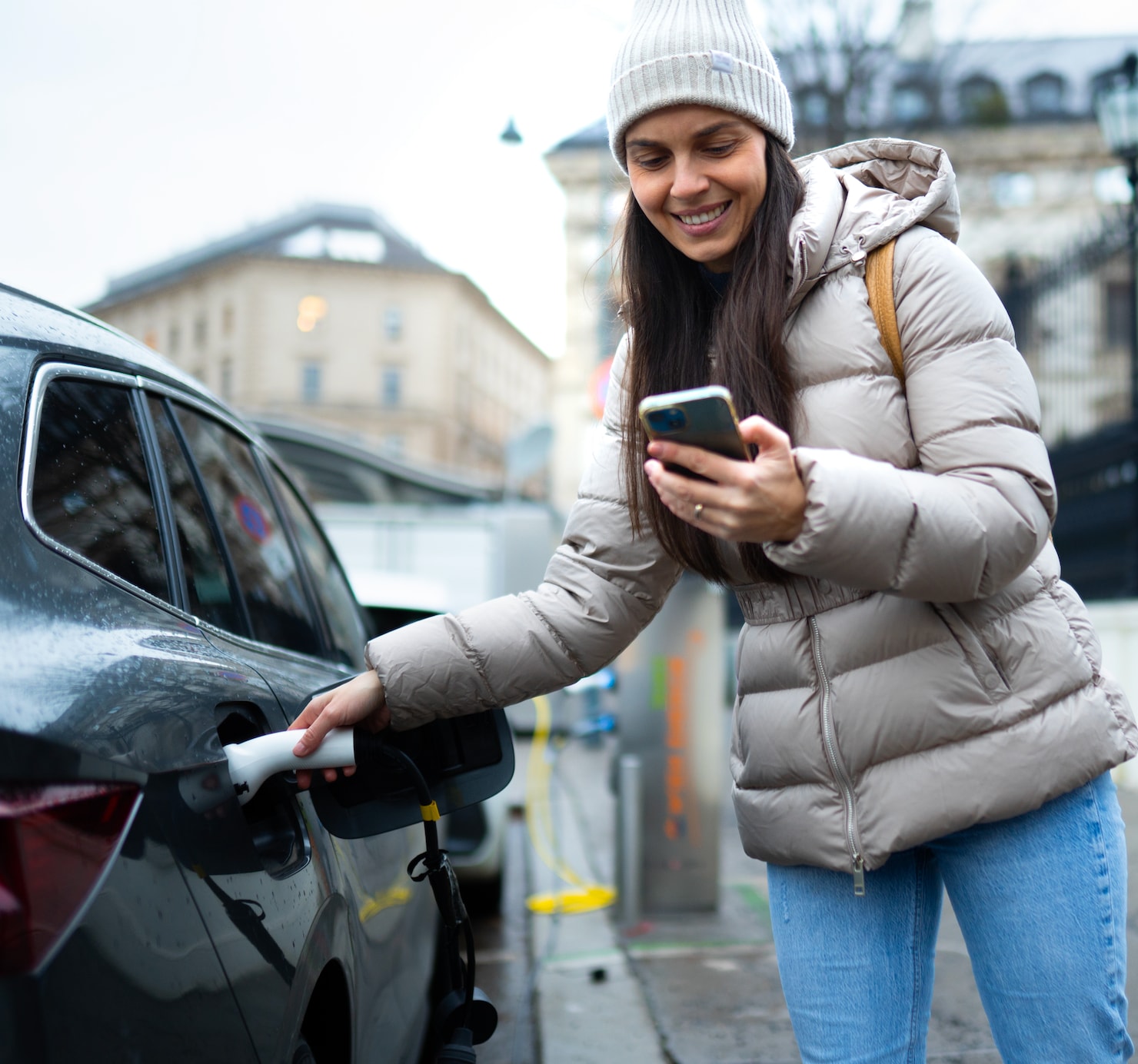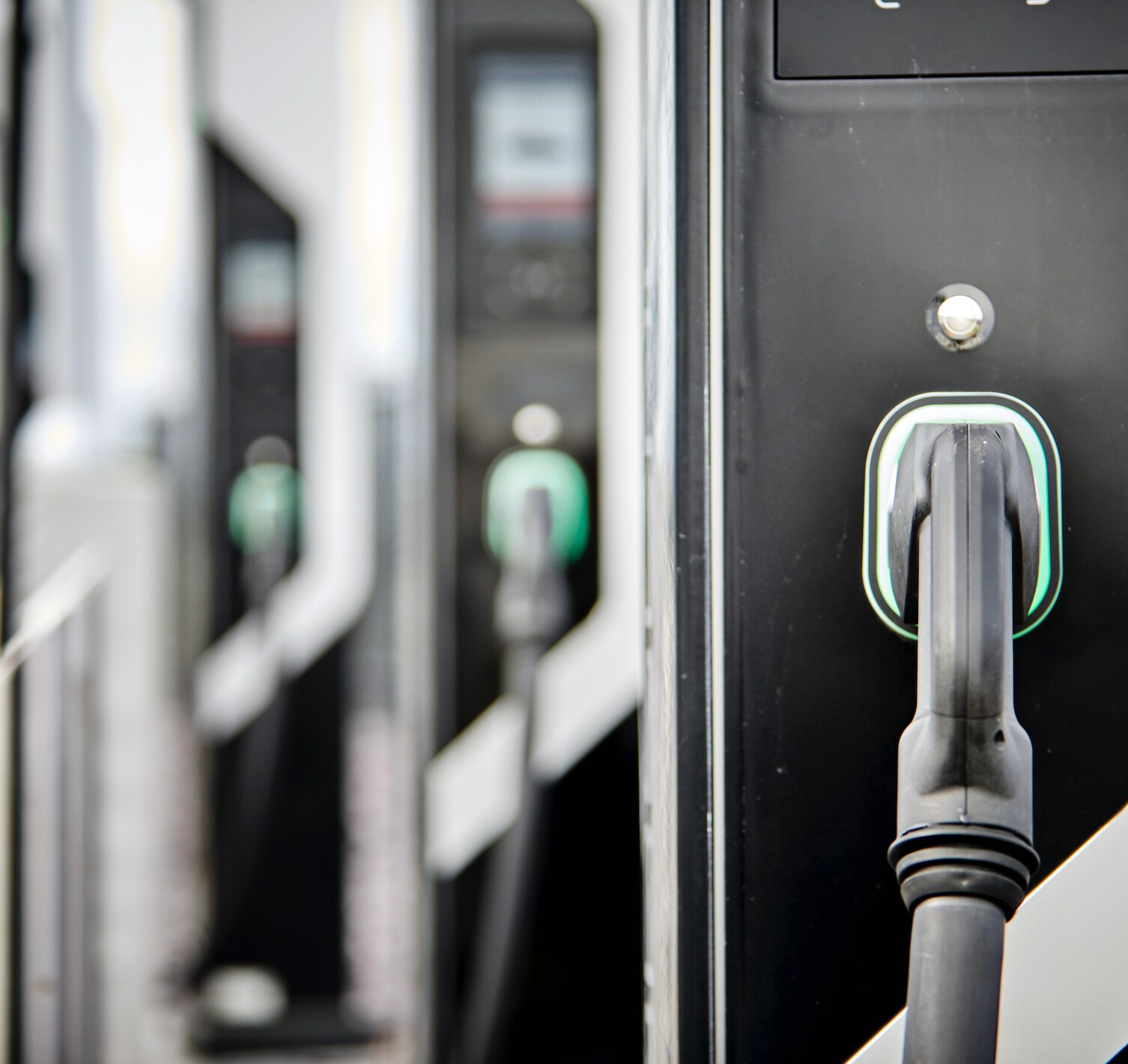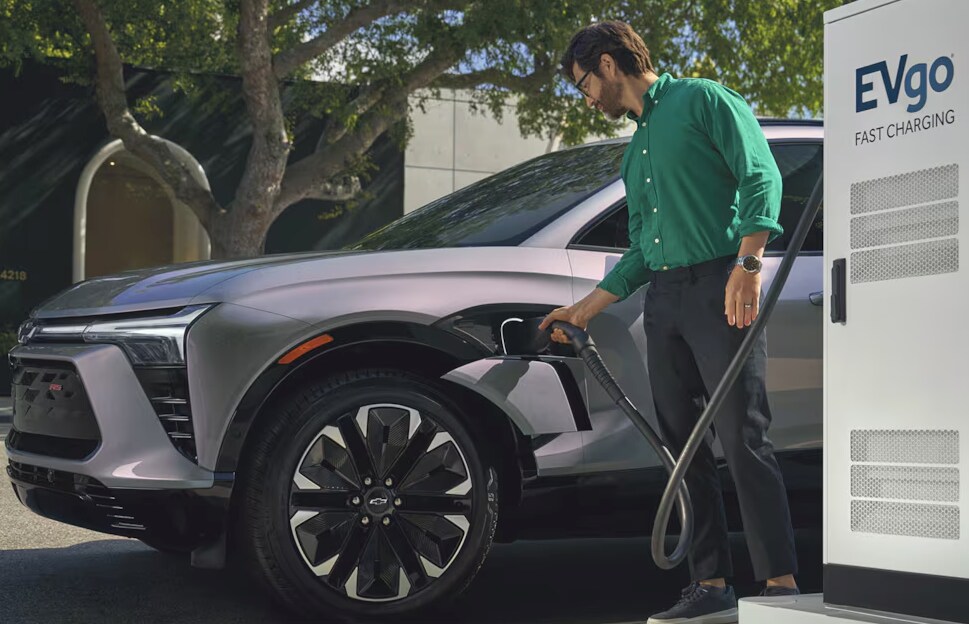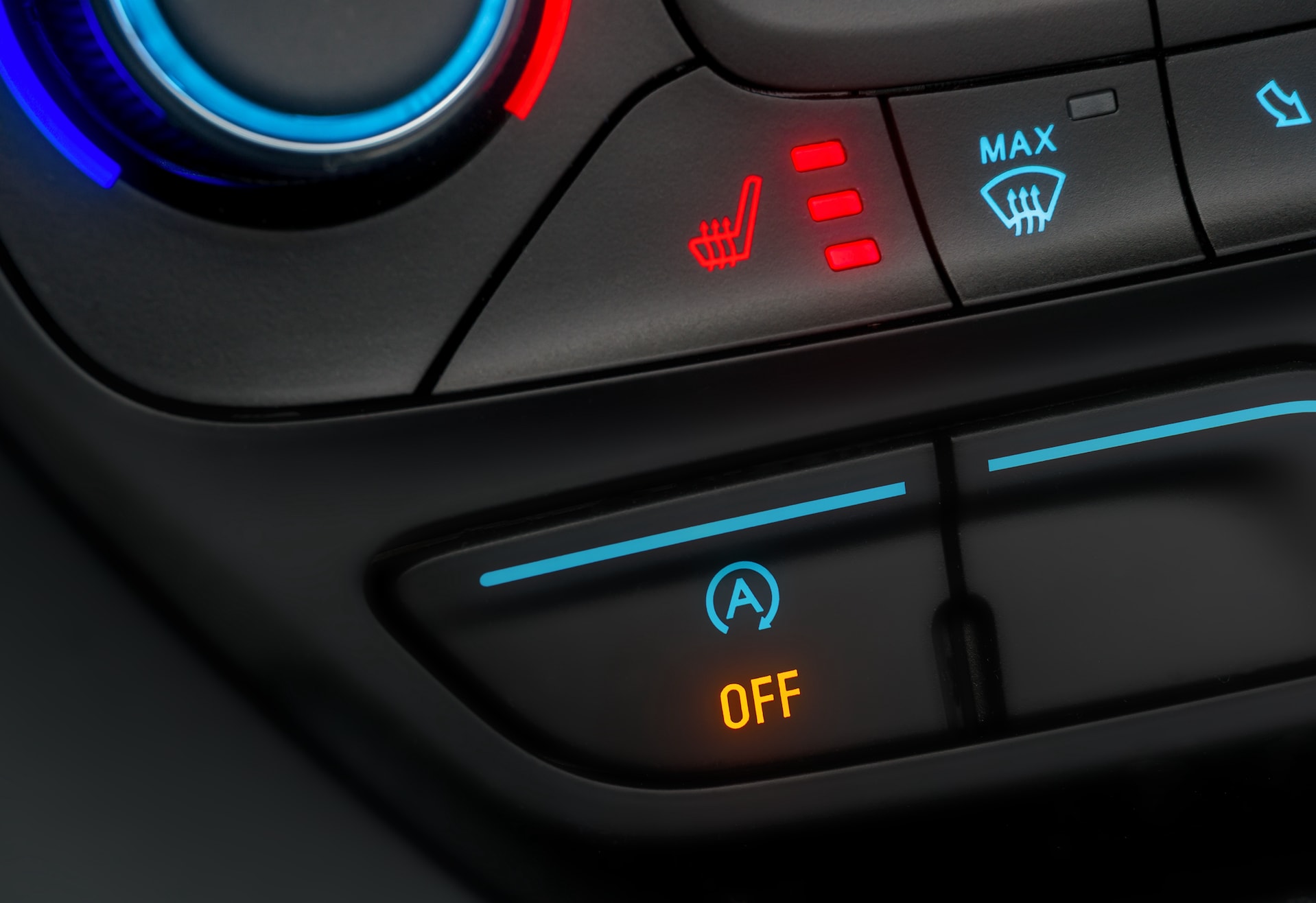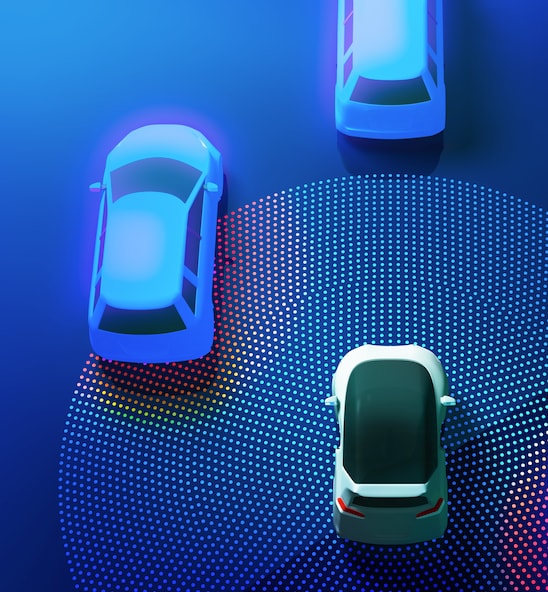The answer is, yes! Cold weather reduces the range of all cars including gasoline-powered cars and electric-powered cars. But electric cars are affected more and here's why. Unlike gas cars, which use residual heat from the engine to warm the cabin, EVs use electrical energy to heat up the car and its occupants, which draws power and reduces range.
You can reduce the impact that cold weather has on your electric car's range by ensuring its tires are properly inflated for maximum efficiency; using the "eco" setting on its heating system; pre-heat the car while it's plugged in before setting off on a trip; and using the seat heaters to warm your body to reduce the load on the electric heater.



